In passenger-car production, technically sophisticated, upmarket vehicles continued to be the focus of the Mercedes-Benz brand. Apart from a few completely-knocked-down (CKD) assembly operations, production of the vehicles took place in Germany alone.
New cars and successes in motorsport events, such as the Carrera Panamericana Mexico and Grand Prix racing, made Mercedes-Benz the best-known German brand.
The Mercedes-Benz 300 SL Gullwing, unveiled as a racing-car prototype in 1952, became the dream car of an entire generation and significantly enhanced the company’s reputation. Models like the Mercedes 300 (Adenauer Mercedes) were symbols of the reconstruction and the economic success of their owners.
The launch of the “tailfin Mercedes” in 1959 represented a milestone in the field of automotive safety. For the first time, the concept of front and rear crumple zones in conjunction with a rigid passenger compartment was implemented.
,xPosition=0,yPosition=0.5)
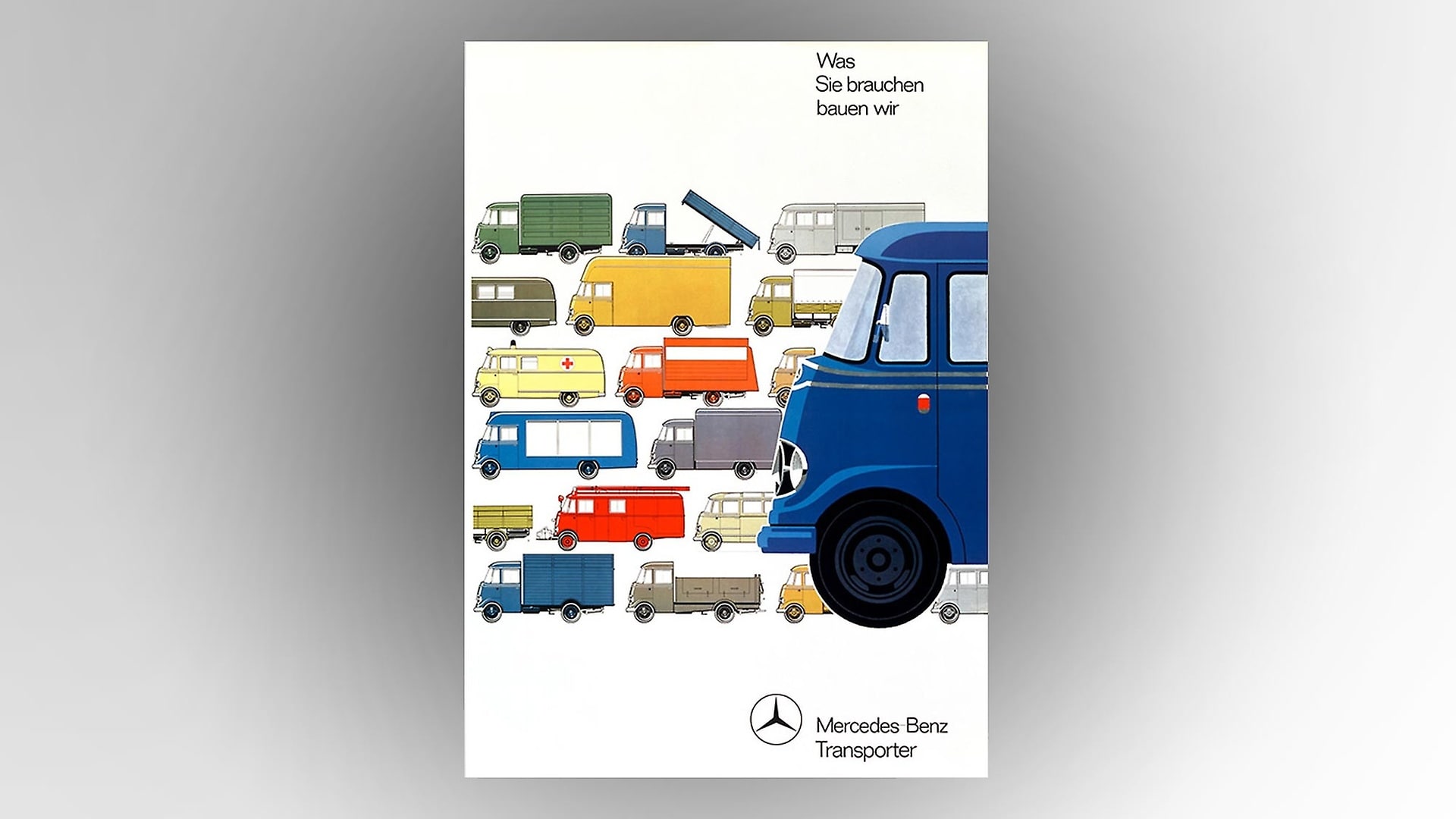
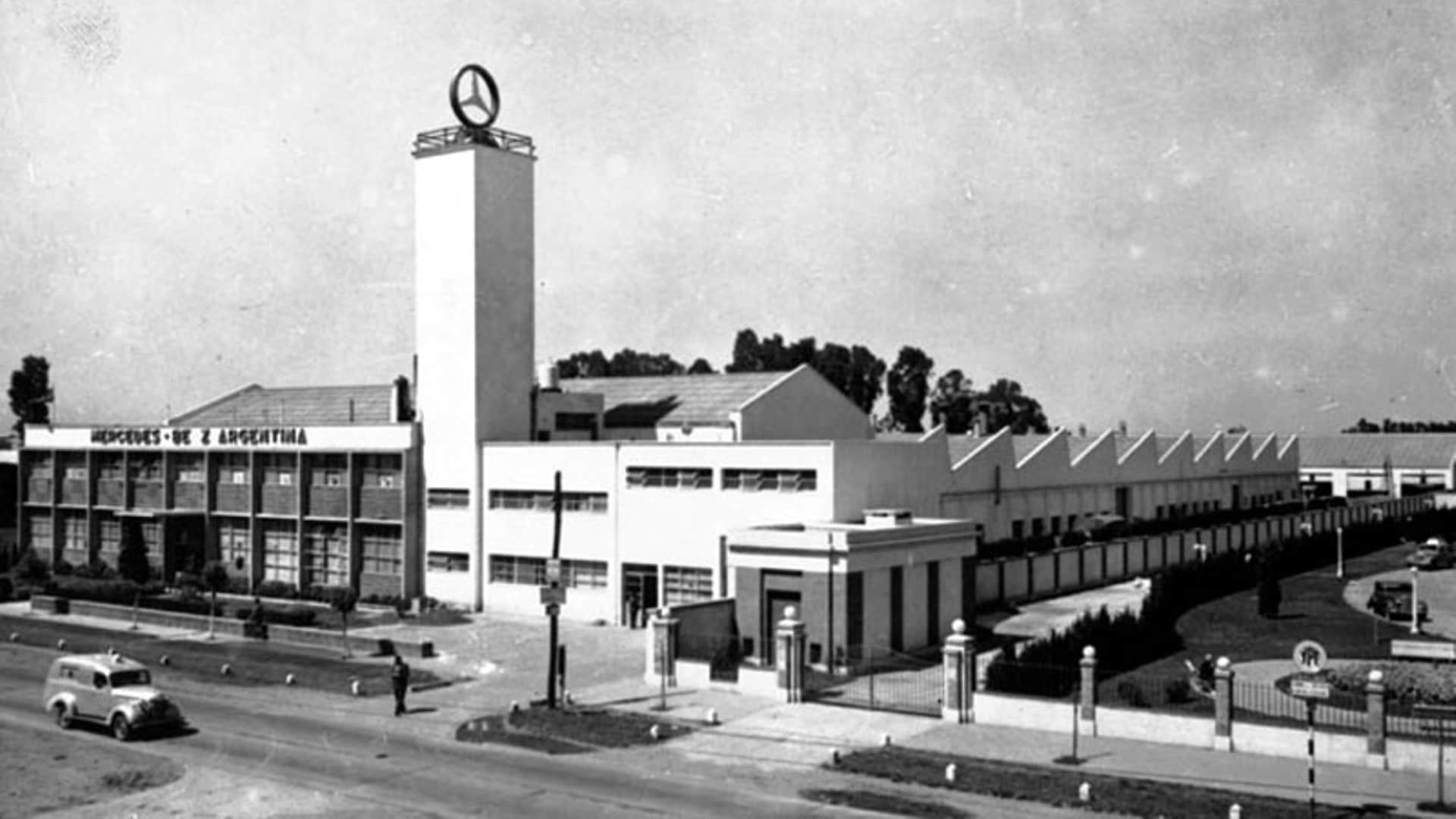
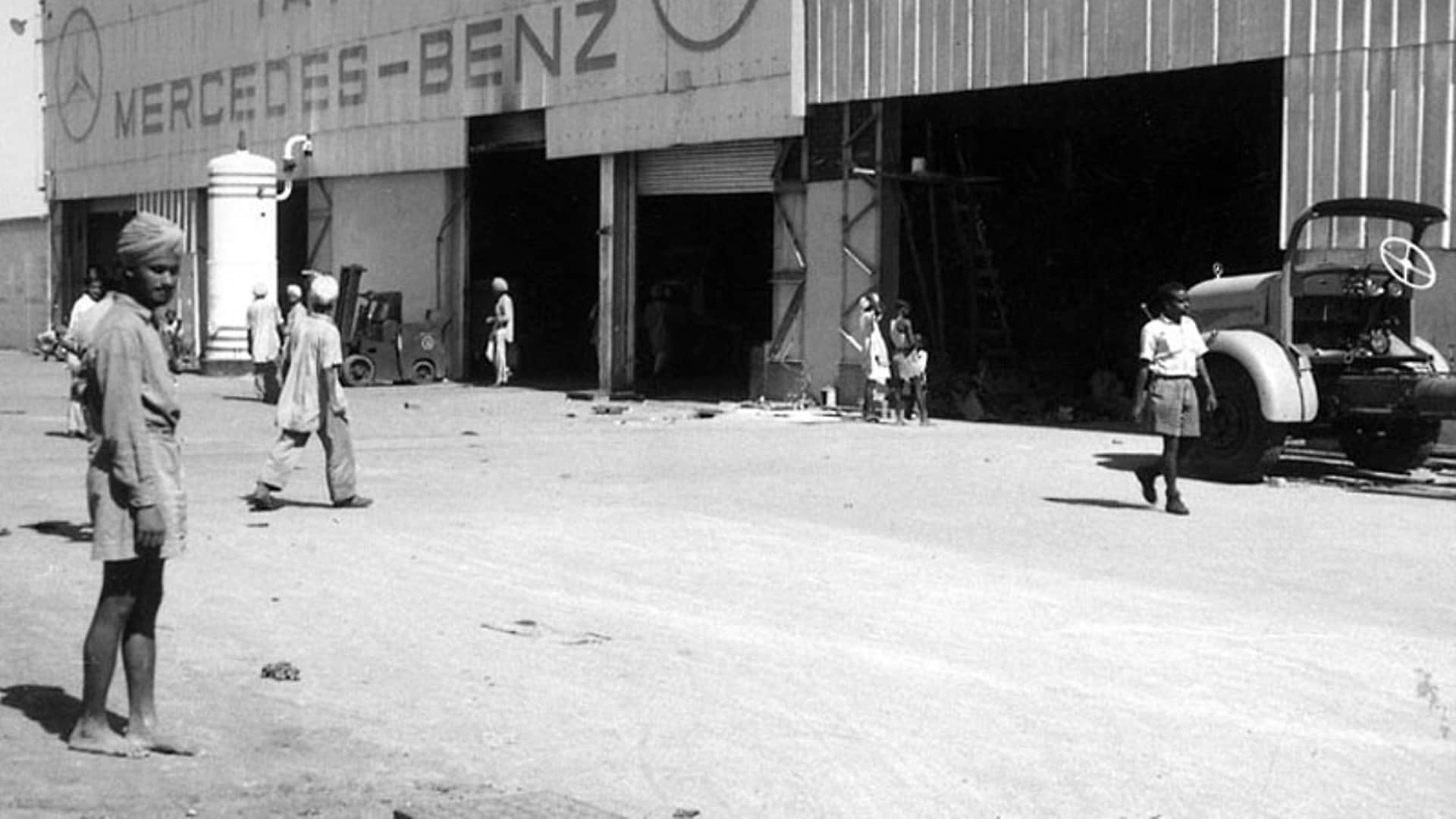

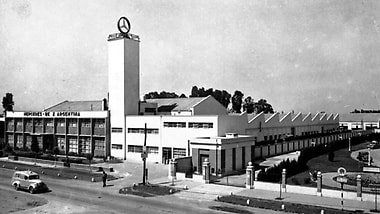


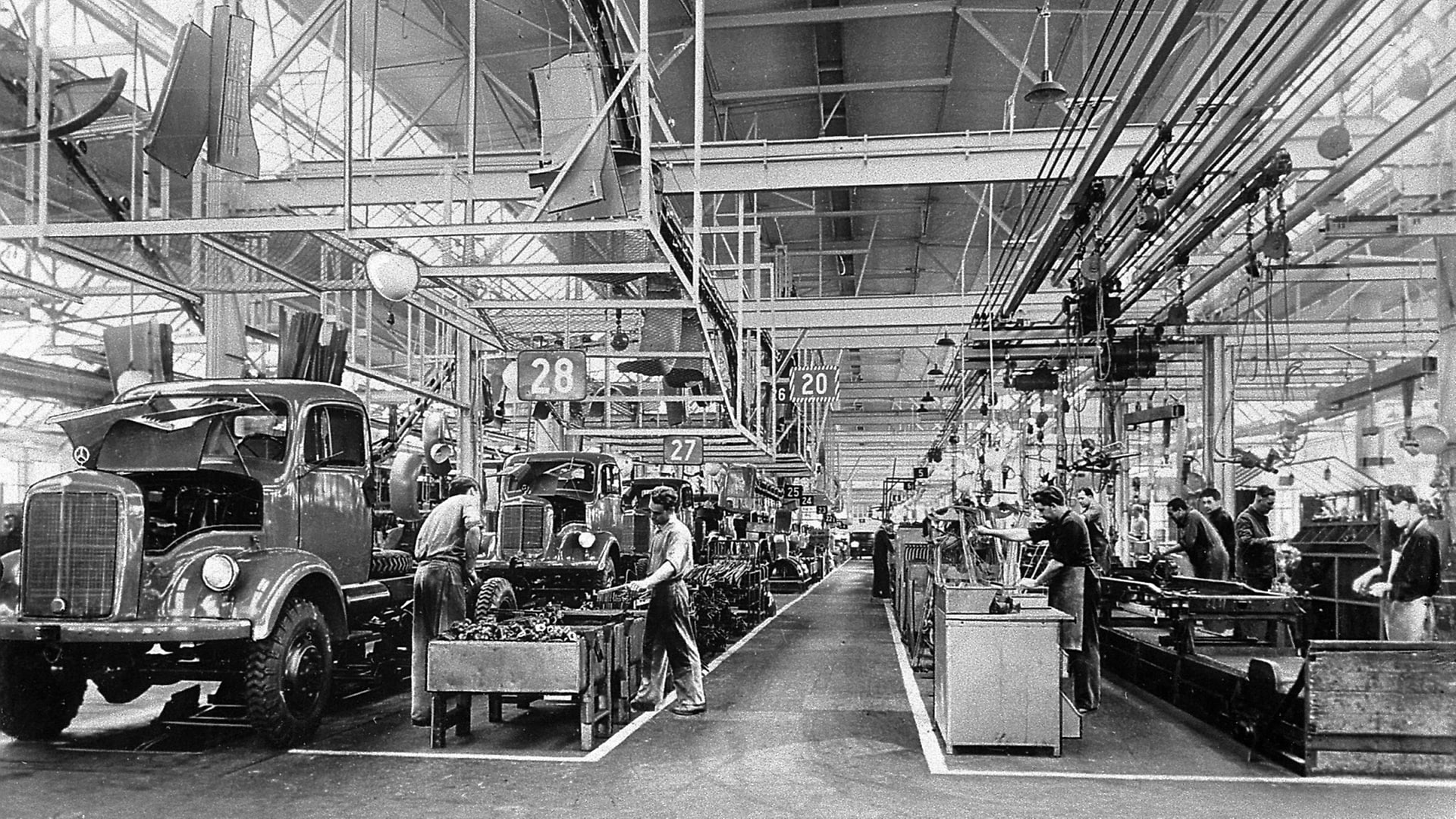
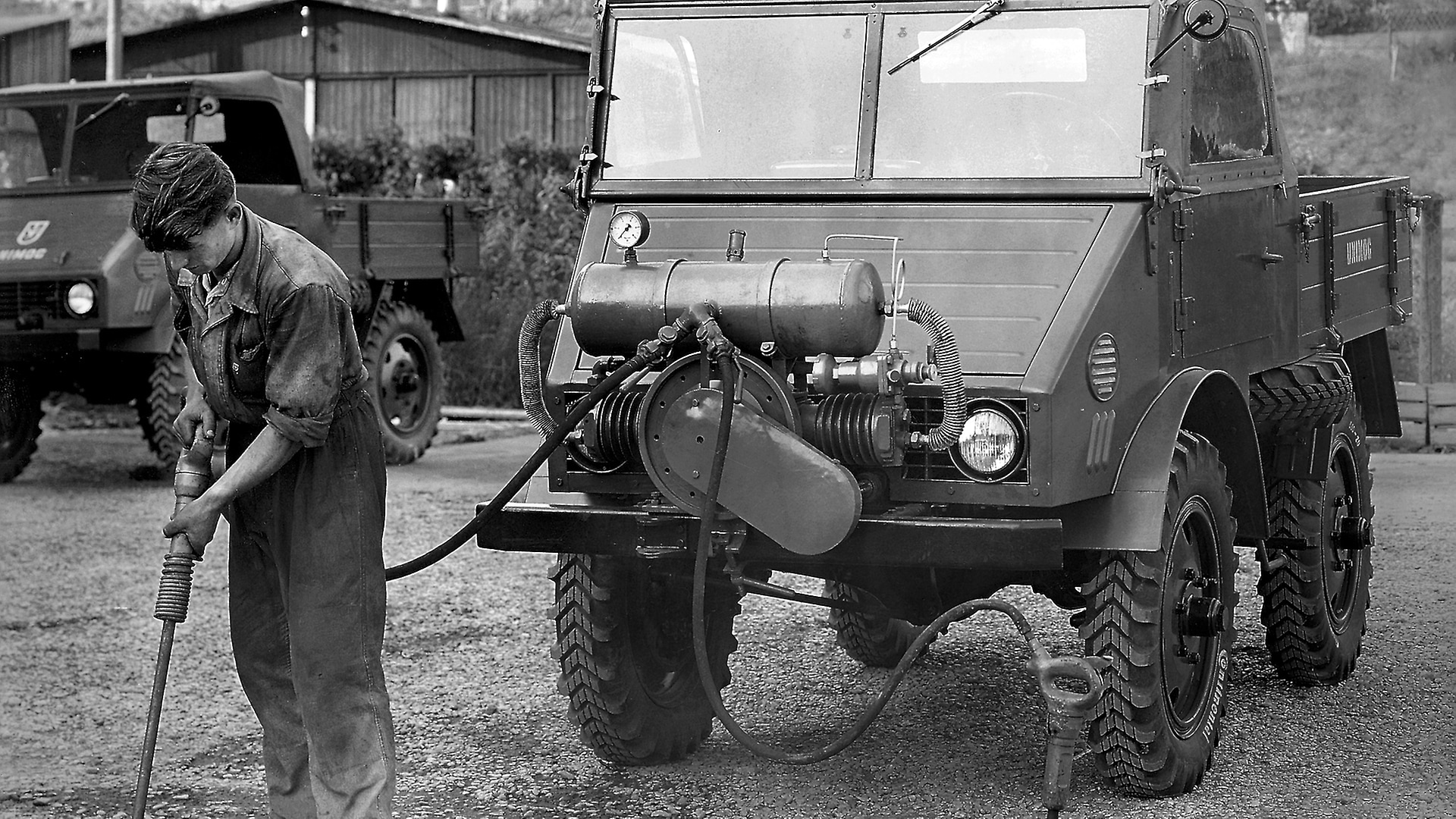


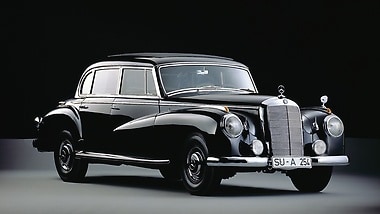
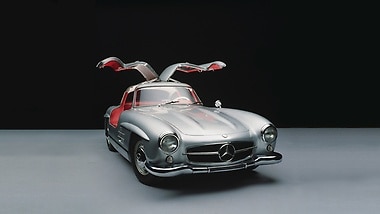
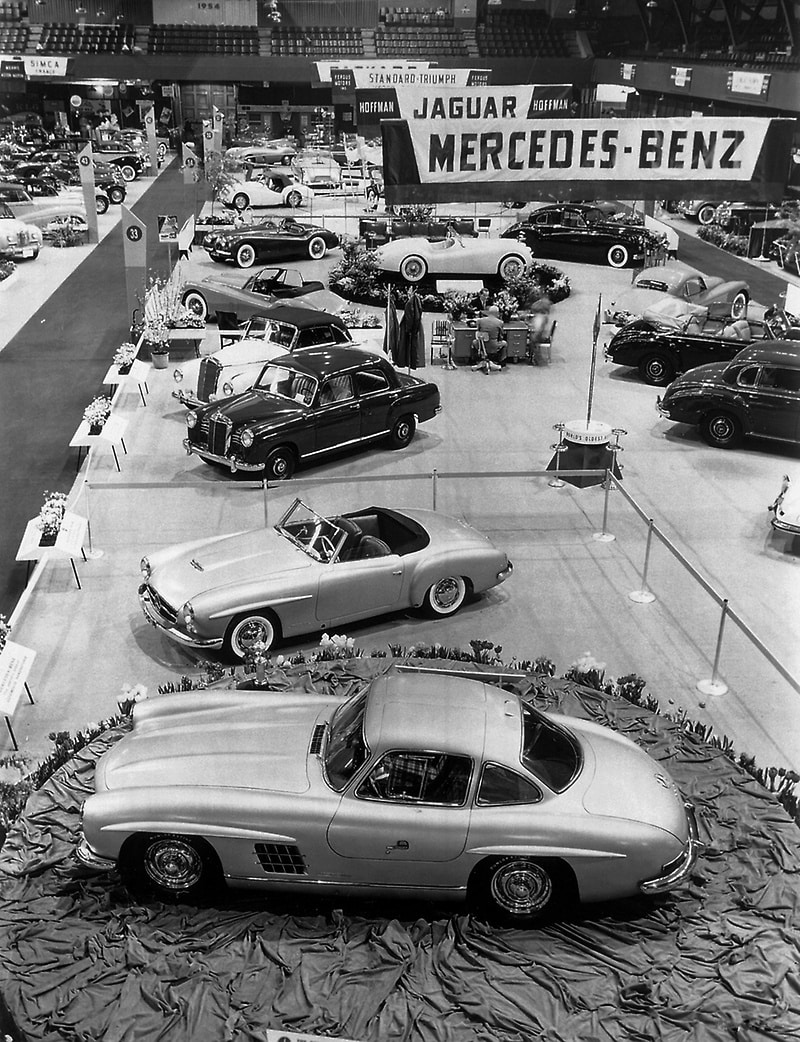
,xPosition=0.5,yPosition=0)
,xPosition=0.5,yPosition=0)
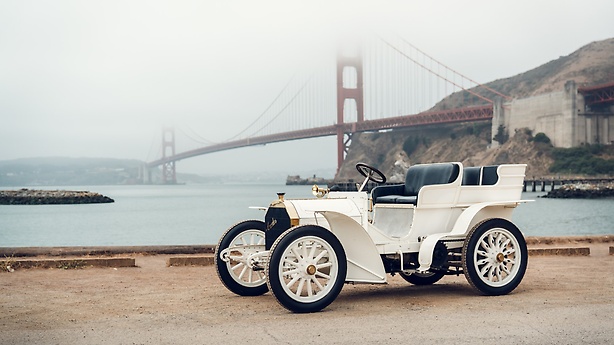,xPosition=0.5,yPosition=0)